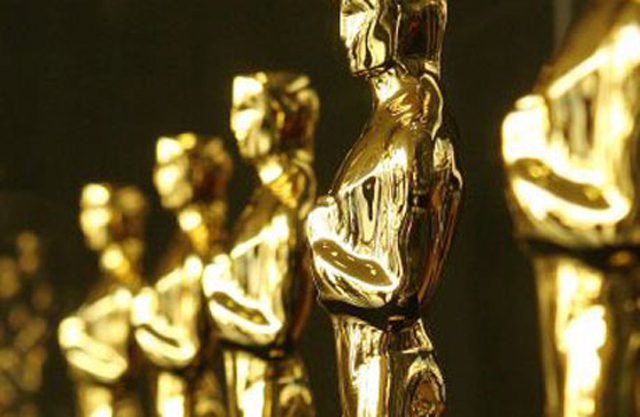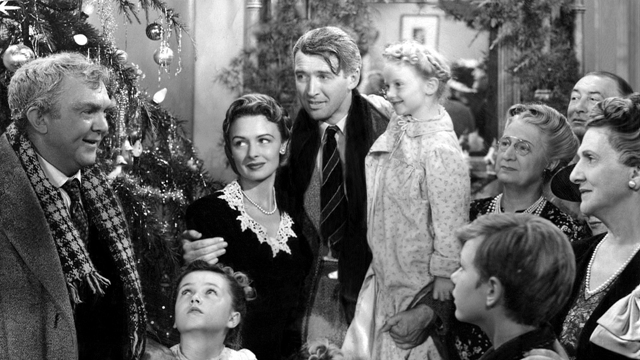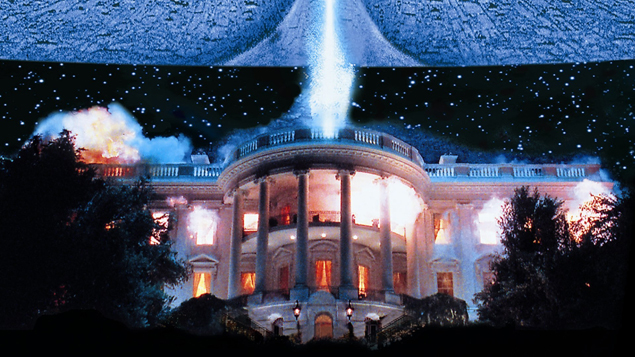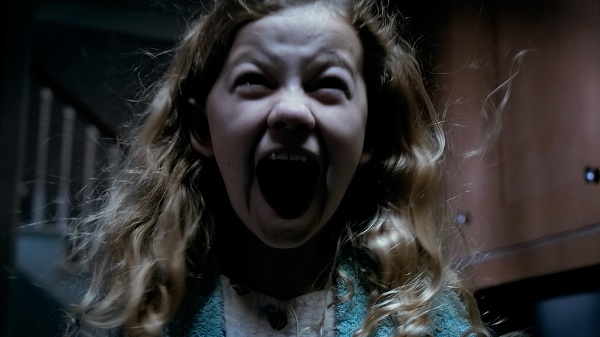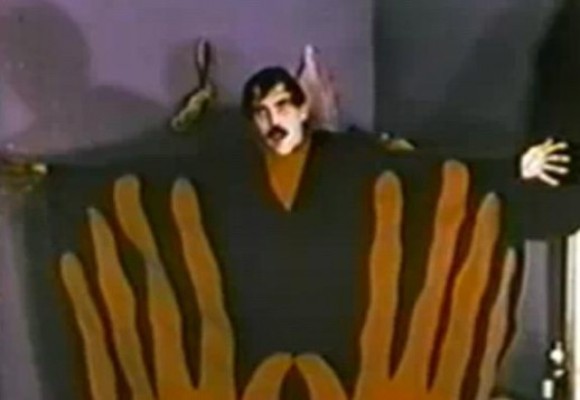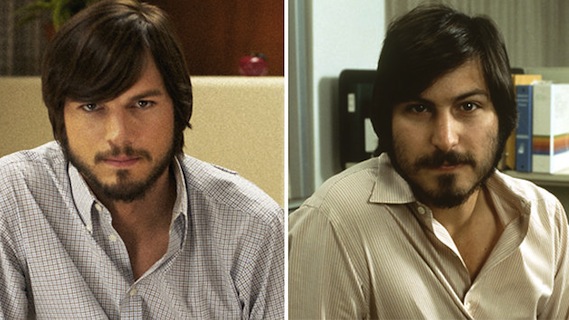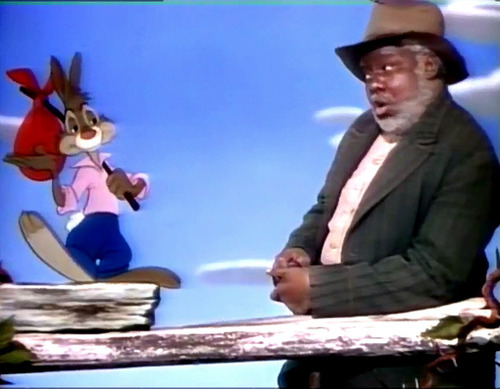Awards season is once again upon us and as always, there is a lot of debate over which film is deserving of the industry’s highest honors. What is interesting about this year, however, is how up in the air it is. For the first time in a long while, there are no clear favorites in this year’s Oscar race. In years past, a clear picture would form by now of who was leading the pack after the Golden Globes and all the industry guilds have made there choices. But so far, every one of the top honors this year has been varied, leaving no clear front runner for Best Picture at the Oscars; made all the more confusing after the Producers Guild Awards ended in a tie for the first time in it’s history, awarding both 12 Years a Slave and Gravity for Best Film. Sure, any accolades for these movies are well deserved and appreciated by their recipients, but it’s the Academy Awards that solidifies the award season, and it’s what everyone in the industry strives for in the end. That strong desire to win the top award has become such a dominant force in the industry, that it has started this troubling trend of negative campaigning in Hollywood. In recent years, we’ve seen Oscar campaigns become so overblown and vicious that it would make even Washington insiders queasy. And the sad result is that in the pursuit of the industry’s top honors, the movies themselves will get lost in the shuffle.
This isn’t something new either, but it has developed over time into something bigger. Oddly enough, when the Academy Awards first started in 1927, the awards themselves were considered an afterthought. Instead, it marked the conclusion of a banquet dinner held by the Hollywood elite to celebrate the end of the year. Many of the winners in this first ceremony either discarded their Oscars or pawned them off in later years, not foreseeing the significance that those statues would have in the years to come. It wasn’t until about 4-5 years later when the ceremony gained significance, around the time when they started announcing the winners on the radio, allowing audiences to be informed about Hollywood’s awards recipients. Once the ceremonies began to be televised in the 50’s, the awards season had now become a full blown cultural event and a focal point for the industry ever since. Of course, with the whole world now interested in who was winning, it soon led to some of the studios making behind the scenes deals in order to get their movies to the top. One of the earliest examples of questionable campaigning for an award came in the 1940 Oscar race, when producer David O. Selznick, hot off his Awards success for Gone With the Wind (1939), pressured a lot of entertainment press agents to campaign for his next film, the Hitchcock-directed Rebecca (1940). The aggressive campaigning helped the film win Best Picture, but it failed to win any other major award, which led many people to question whether or not it deserved it in the first place; especially considering that it beat out the more beloved The Grapes of Wrath (1940) that same year.
This illustrates the major problem with an overly aggressive awards campaign that I’ve observed; the doubt that it raises over whether or not the movie deserves what it got. We’ve seen the Academy Awards honor films that have certainly withstood the test of time (Casablanca (1943), Lawrence of Arabia (1962), and The Godfather (1972), just to name a few), but there are also choices made in other years that have left us wondering what the Academy was thinking. But it’s not the final choices that make the Oscar campaigning problematic. We all differ when it comes to choosing our picks for the awards, because everyone’s tastes are different. What I find to be the problem is the increasingly nasty ways that movie companies try to get their movies an award by attacking their competition. In recent years, I’ve noticed that this has gone beyond the usual “For Your Consideration” campaigning that we commonly get from the studios, and it has now devolved into fully-fledged mudslinging. Truth be told, I don’t even think political campaigns get this cutthroat, but then again, I’m not much of a political observer. This year in particular, we’ve seen complaints leveled at films for inaccuracies in their historical reenactments and for mis-characterizations of their subjects. While some accusations have merit, there becomes the question of whether or not it matters. There are some voters out there who are persuaded by the chatter and would rather let the outside forces persuade them towards making a choice than judging a film on its own strengths, which becomes problematic when that chatter is ill-informed.
The most troubling thing about the recent trend of negative campaigning in the awards season is the inclusion of outside forces brought in to give weight to the criticisms behind a film. This goes beyond just the negative reviews from critics. What we’ve seen happen recently is the involvement of the media and press more and more in Oscar campaigns. This has included articles written by scholars and experts that call into question the authenticity of the facts in the film as a way of slamming a movie’s credibility. Famed astrophysicist Neill DeGrasse Tyson made the news weeks back when he published an article that pointed out the scientific information that the movie Gravity got wrong, which many people in the industry jumped upon to undermine Gravity’s chances for some of the top awards. Mr. Tyson later on said that he did the article just for fun and continued to say that he still enjoyed the film immensely, but this seemed to get lost in the controversy that his first article stirred up. It could be argued that film companies utilize negative campaigning just because it’s easier and more effective, which is probably true, but what it ends up doing is to distract people away from what the awards season should really be about which honoring the best work done by people in the industry that year.
The most dangerous kinds of negative campaigning that I’ve seen have been the ones that have no bearing in actual fact. One of my first articles on this blog was an editorial addressing the smear campaign leveled against Quentin Tarantino’s Django Unchained. At the time of the film’s release, African-American director Spike Lee openly criticized the movie because of it’s pervasive use of the “N-word,” and he denounced the film as “racist” and an insult to the history of slavery; despite the fact that he hadn’t seen the film yet. Spike Lee’s comments however were used as ammo against the movie during last years Oscar race, which fortunately had little effect as the film walked away with two awards; for Screenplay and for Supporting Actor Christoph Waltz. The same cannot be said for Kathryn Bigelow’s Zero Dark Thirty, however.
Released around the same time as Django, Zero Dark Thirty had a lot of hype built up around it, seeing as how it was documenting the search and capture of Osama Bin Laden. The film’s hype was a case where Hollywood’s connections with political insiders became both a blessing and a curse. Some left-wing studio heads even wanted to fast track the film’s release, so it would premiere before the 2012 election in the hopes that it would boost President Obama’s chances for reelection. When the film premiered, however, the film’s reception was not what people expected. Bigelow’s very frank depiction of torture used by the CIA to help find Bin Laden angered many people, and criticism of the film shifted from it being called left-wing propaganda to right-wing propaganda. The film’s producers rightly argued that politics had nothing to do with the movie’s overall depiction, but the damage had already been done. The one time Oscar front-runner was dealt a significant blow. Kathryn Bigelow was shut out of the Best Director category and the film only ended up winning one award for Best Sound Editing, which it had to share in a tie with Skyfall (2012). You could say that Zero Dark Thirty became a victim of it’s own pre-release hype, but I think the negative campaigning against the film rose to an almost unethical level when political leaders got involved. Just weeks before the Oscar’s ceremony, Democratic Senator Diane Feinstein, along with fellow Democrat Carl Levin and Republican John McCain, called for an investigation into the film’s development, examining how Bigelow and writer Mark Boal got their information. When the Oscars were over, almost on cue, the investigation was dropped. We may never know if there was some backroom deal involved, but I saw this as an example of Awards campaign interference gone too far.
It’s troubling to think that some people are so easily persuaded by hype and negative press in the film industry, but it’s a result of how valuable these awards have become. It is true that winning an Oscar will increase a film’s overall box-office numbers, which may be good for business, but it’s bad for the film’s legacy. What is there to gain from a short-term boost in grosses when you’re hurting the film’s chances of having a long shelf life? There are many examples of movies gaining a negative stigma if they win the top award over more deserving films. The most controversial example would be 1998’s Shakespeare in Love, which many people say stole the Best Picture award away from Steven Spielberg’s Saving Private Ryan; so much so, that new campaign rules were drafted up by the Academy when it was revealed how much money Miramax execs Bob and Harvey Weinstein put into the film’s Oscar campaign. Shakespeare did see a boost at the box office in the weeks before and after the awards, but the controversy behind it has unfortunately overshadowed the film itself over the years, which has in turn destroyed its staying power. Time is the best judge of great movies, but the Oscars have only the year long window for perspective, so usually their picks have little foresight in the end. 1999’s winner, American Beauty, has almost faded into obscurity over time, as other films from that same year, like The Iron Giant, Fight Club, and The Matrix have become beloved classics up to today.
Is it right in the end to criticize a film over it’s content, or it’s adherence to the facts? My argument is that a movie should be judged solely on it’s own strength as a movie. The truth is that there is no absolute truth in film; it’s all make-believe after all. If a film needs to take some historical liberties in order to tell a more fulfilling story-line, then so be it. What I hate is when controversies come up around a film when it really doesn’t matter in the end. Some controversies this year have erupted over films like Saving Mr. Banks and Captain Phillips, because of their white-washed approach to the depictions of their main characters, and the negative campaigns against them robbed actors like Tom Hanks and Emma Thompson out of recognition for awards that their outstanding performances would’ve otherwise deserved. So what if aspects of these people’s lives are left out of the film; in the end they have nothing to do with the story’s that the filmmakers wanted to focus on in the first place. The Wolf of Wall Street has had it’s own set of controversies, some of which the movie purposely provoked, and yet it didn’t effect it’s chances at the Oscars, so it shows that there is a selective bias in the negative campaigning behind against these films; all depending on who has something to gain from knocking out the competition.
When the winners of the Oscars are announced this year, my hope is that the voters use their best judgement when they cast their ballots. For the most part, the Academy Awards will never please everybody. Most often, whenever people say they were upset by the Awards, it’s more because there are few surprises and the whole thing ends up being boring in the end. That’s why I am excited about this year’s open race, because anybody could win. Unfortunately, the closer the race, the more negative the attacks against each film will be. I think that hype can be a dangerous tool for a film if it is misused, and will ultimately end up clouding the merits of the movie itself. In the end, Oscar gold does not always mean certification of excellence. Great films stand the test of time, while the Oscars are more or less a time capsule of public tastes from that specific year. Sometimes they pick the right Best Picture or performance, sometimes they don’t. But what is certain is that negative campaigning is getting uglier and more prevalent in the award season. What I hate is the fact that it’s become less about honoring great works in cinema and more about competition, seeing who’ll take home the most awards at the end of the night. What seems to be lost in the shuffle is whether or not people like the actual films; that the movies are becoming increasingly seen as an afterthought in the awards season, with hype and name recognition mattering more in the media’s eye. But, in the end, what matters is the entertainment value of it all, and no doubt we’ll still continue to be on the edge of our seats each time those envelopes open.
